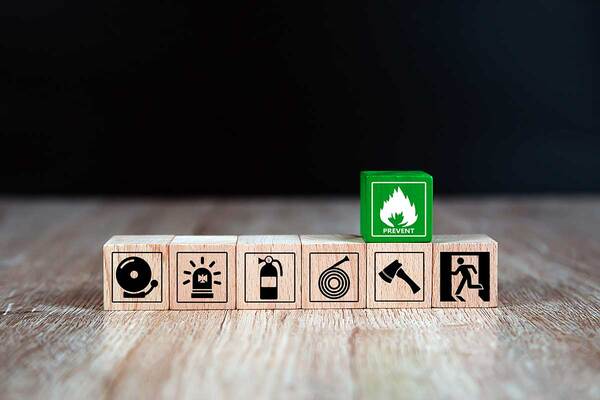You are viewing 1 of your 1 free articles

The new dutyholder regulations will create a sea change in the way compliance with building regulations is managed
New draft regulations that will implement the new Building Safety Bill are being published. The new dutyholder regulations are perhaps the most significant, writes Mark London
We are now starting to see the publication of draft regulations designed to sit alongside and inform the Building Safety Bill.
In this article we consider perhaps the most significant set of draft regulations, which have the technical name the Building (Appointment of Persons, Industry Competence and Dutyholders) (England) Regulation (2021), but can be referred to more simply as the dutyholder regulations.
The regulations impose duties on the client, the principal designer and principal contractor. Duties are also placed on designers and contractors generally. It is important to note that the dutyholder regulations will apply to any design or building work being undertaken by a registered provider in respect of a project and will apply until the end of the construction phase. Building work has the meaning given in the Building Regulations 2010.
Unlike with Construction (Design and Management) Regulations 2015 (CDM 2015), which shares the same description for dutyholders, the dutyholder regulations are not concerned with health and safety during the design and construction phase.
The obligations to ensure works are managed and undertaken in a safe way remain firmly within the orbit of CDM 2015.
The dutyholder regulations instead focus on ensuring that all dutyholders carry out their respective roles in such a way as to make sure that the relevant requirements are met. Principally, among those relevant requirements is the functional requirements of the building regulations.
The dutyholder regulations apply to all projects and not just those involving the design and construction of a higher risk building for the purposes of the Building Safety Bill.
Registered providers which take on the obligations of the client will have to:
- Ensure the design and building work meets all relevant requirements
- Enable the designers and contractors to cooperate with each other to ensure compliance with the relevant requirements
- Provide building information to designers and contractors as soon as practicable
- Co-operate with any other person working on the project to ensure that any person with a duty under the dutyholder regulation can fulfil their role
It is noteworthy that the obligations for the most part are to ensure compliance with the relevant requirements. The obligations are not tempered (as they are generally under CDM 2015) with the qualification of reasonable practicability. In other words, the obligations under the dutyholder regulations are explicitly mandatory in all cases and must be complied with.
Obligations that are as wide as those set out above can only be complied with through the regular review and recording of design work and building work during the construction phase.
Clients will need to ensure that construction contracts and professional appointments provide the means to demonstrate and record compliance with the relevant requirements and, in particular, the building regulations. While contracts will continue to place design and workmanship obligations on contractors and consultants, clients will no longer be able to take a ‘hands-off’ approach to compliance with the building regulations.
In order to comply with the dutyholder regulations, clients will have to satisfy themselves that design and building work does in fact meet the requirements of the building regulations.
“The government requires all dutyholders on a project to work together individually and collaboratively to ensure the project results in a building that complies with all relevant requirements”
Obligations placed on the principal designer and principal contractor are broadly similar. Both have absolute obligations to ensure that the design and building work undertaken by them (and members of the supply chain who will be undertaking construction and design work) complies with the relevant requirements and, in particular, the building regulations.
The thrust and intent of the dutyholder regulations could not be clearer. The government requires all dutyholders on a project to work together individually and collaboratively to ensure the project results in a building that complies with all relevant requirements. Failure to comply with the obligations can give rise to a smorgasboard of enforcement possibilities.
Along with setting out a series of very strict and succinct obligations, the dutyholder regulations also make it clear that all dutyholders appointed must be competent for the role undertaken by them. Competence is defined for an individual as being the skills, knowledge, experience and behaviours necessary to carry out the design and/or building work in accordance with the relevant requirements.
For a corporate entity, it is to have the organisational capability which requires having to have appropriate management policies, procedures, systems and resources in place to ensure that individuals under the control of the corporate entity are able to comply with the relevant requirements.
It is apparent that the dutyholder regulations will require a sea change in the way compliance with building regulations is managed and evidenced by the client and other dutyholders throughout the design and construction phase of a project. It will also require the rigorous testing of competence in order to be satisfied that designers and contractors are competent to carry out their work.
Mark London, partner, Devonshires
Sign up for our development and finance newsletter
Already have an account? Click here to manage your newsletters













